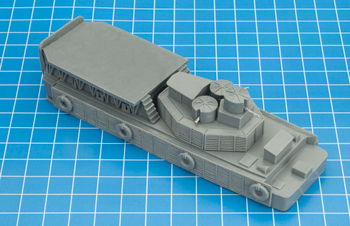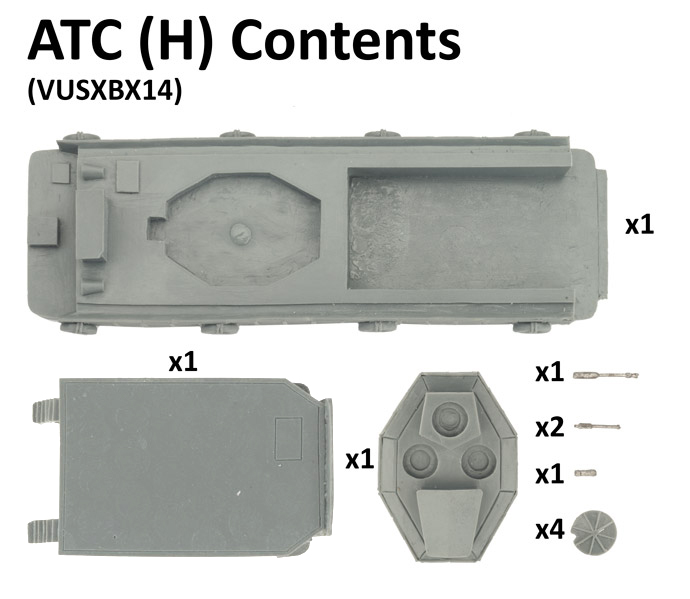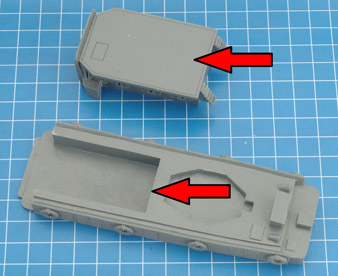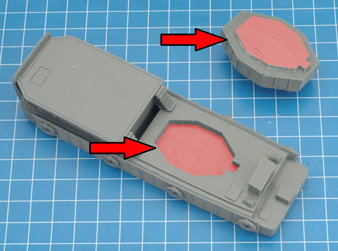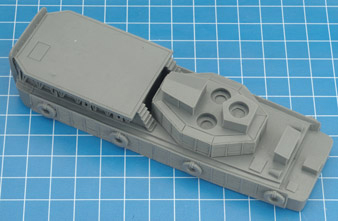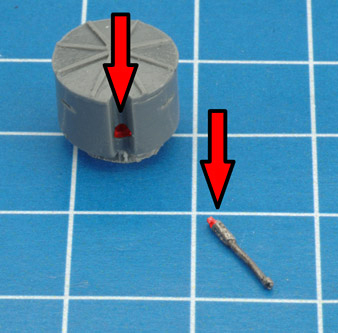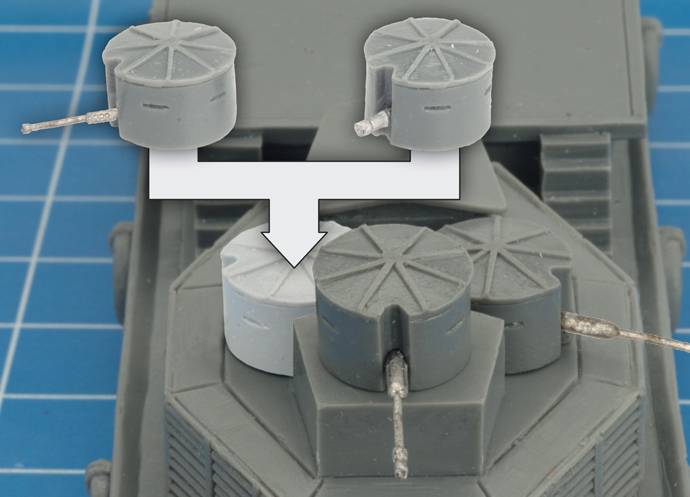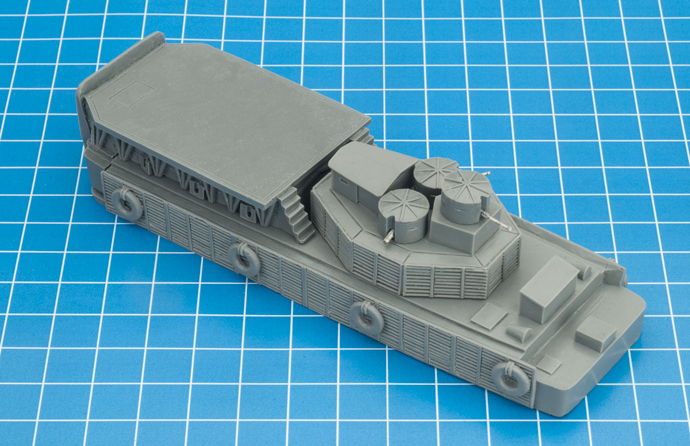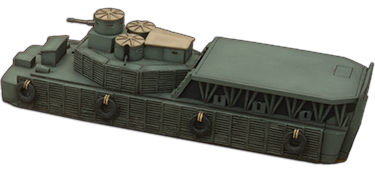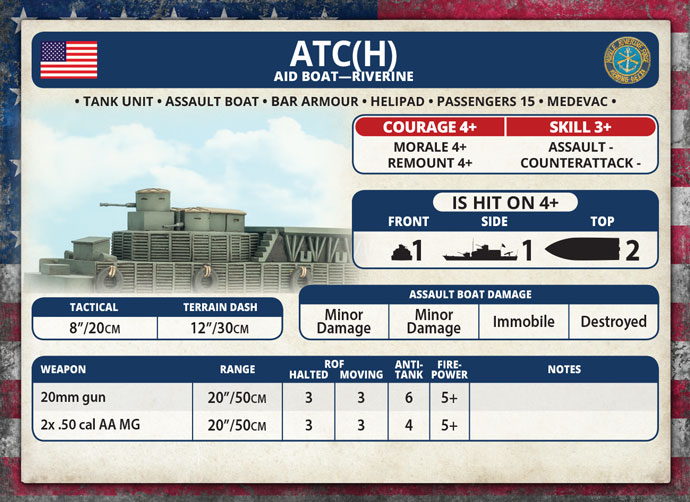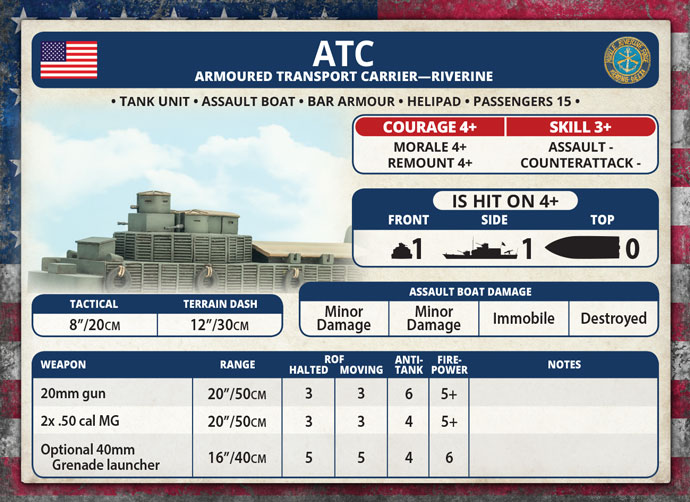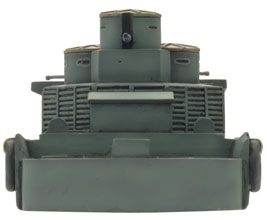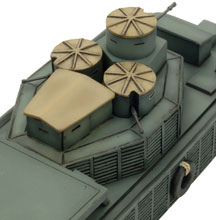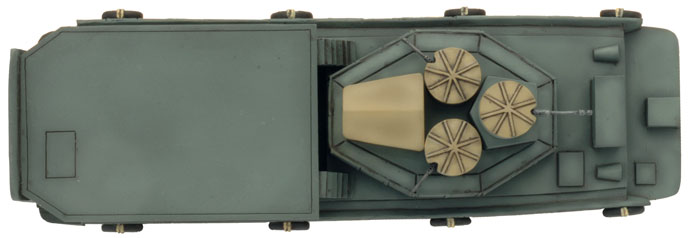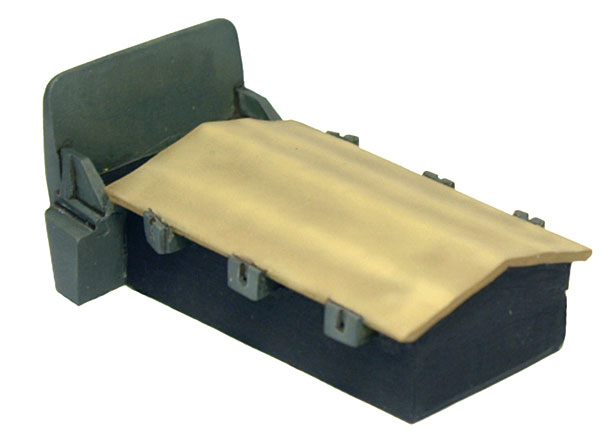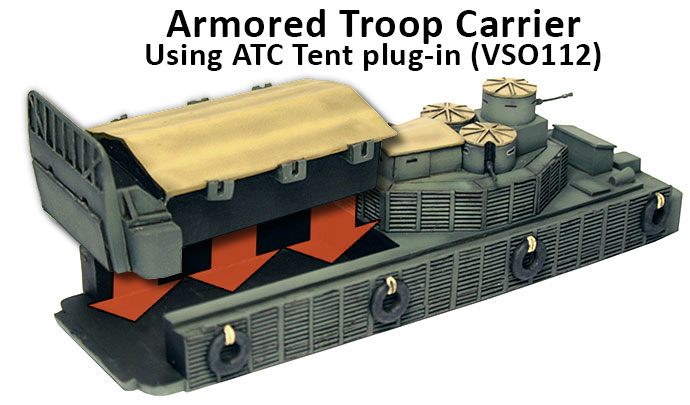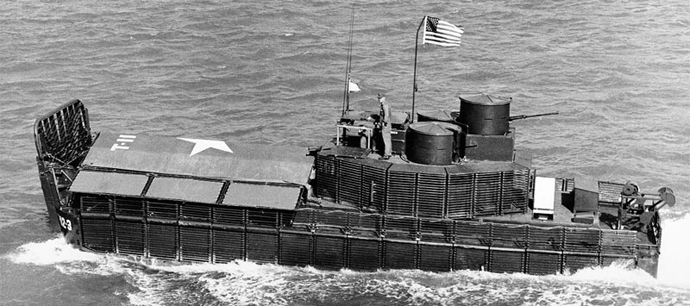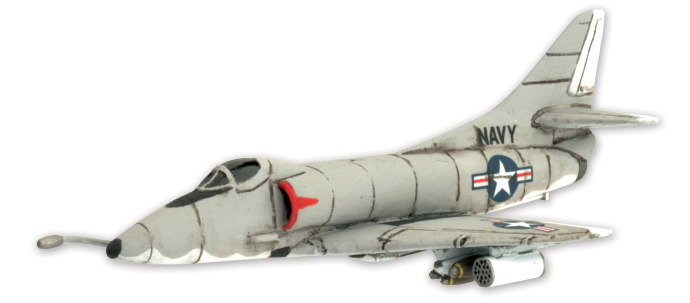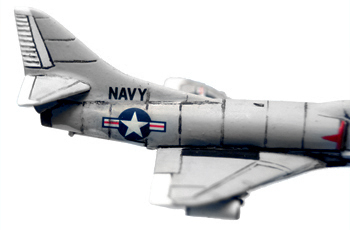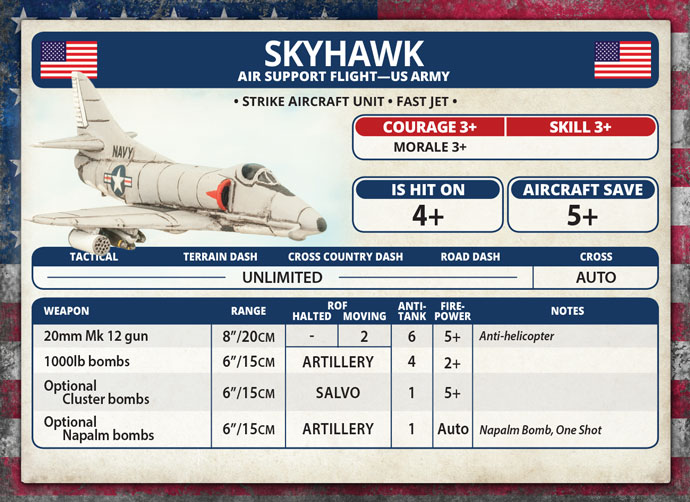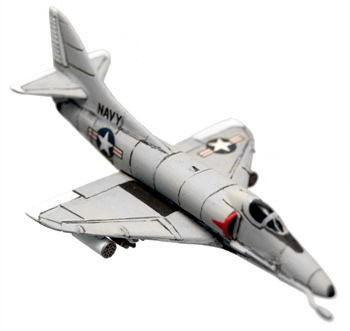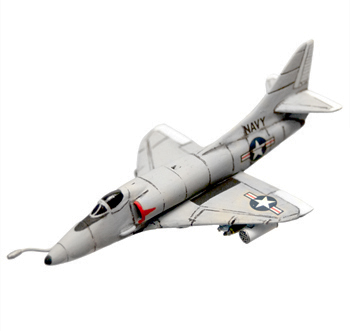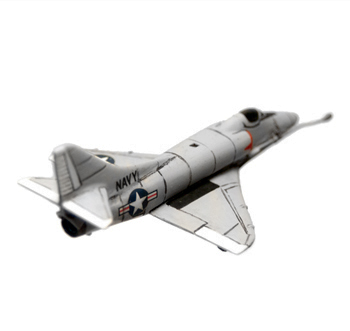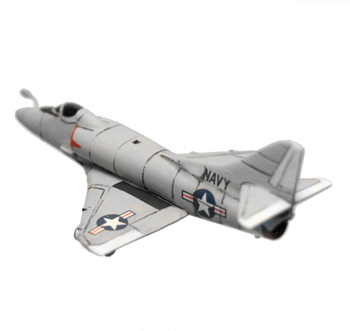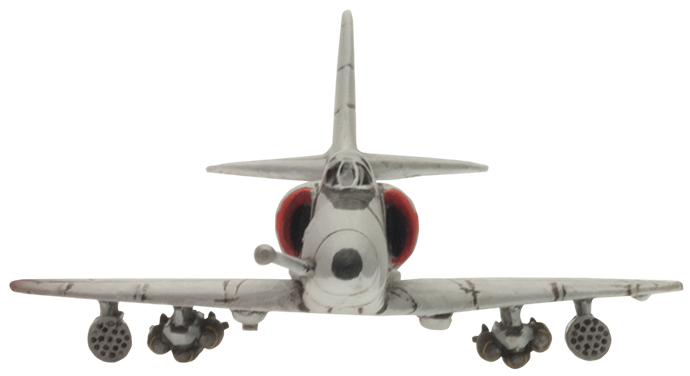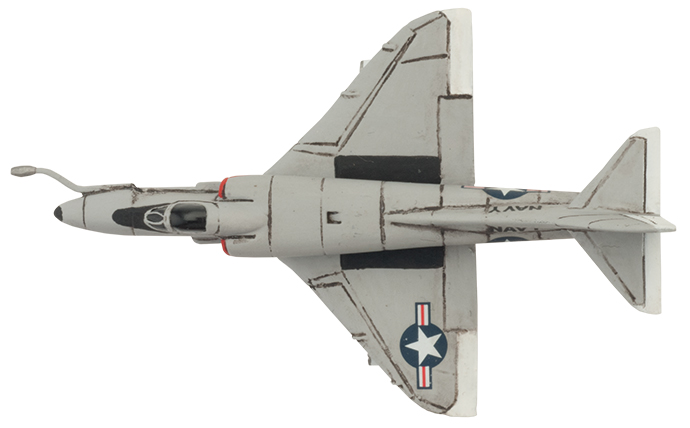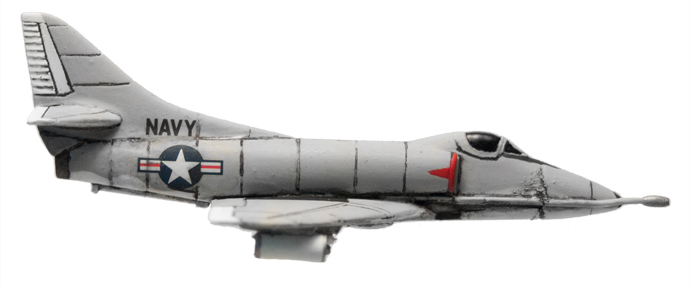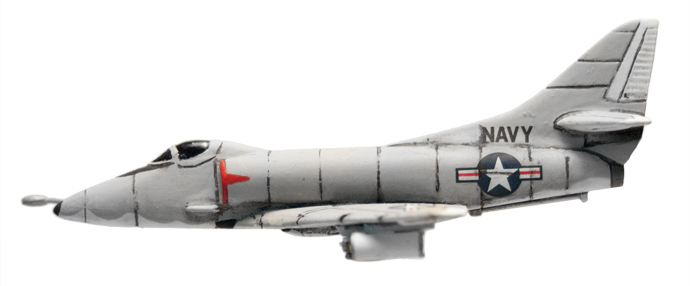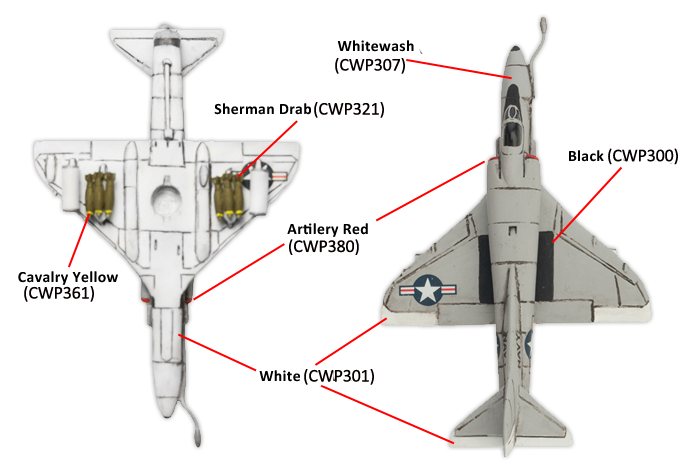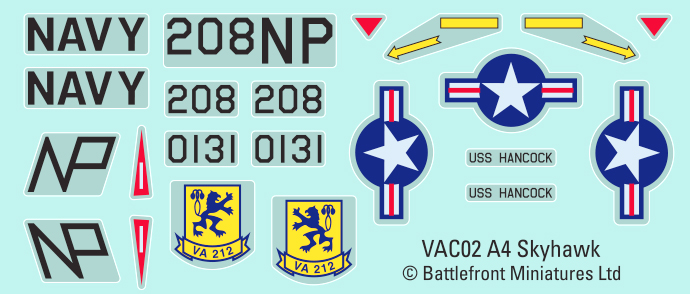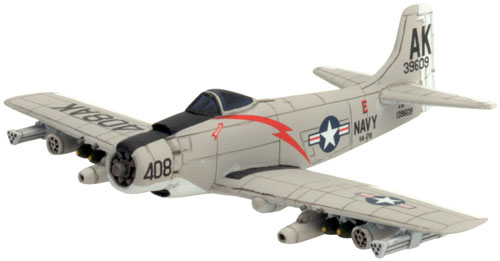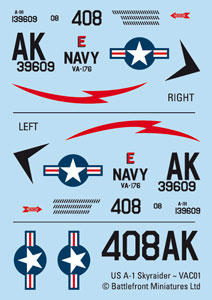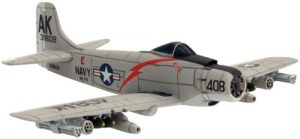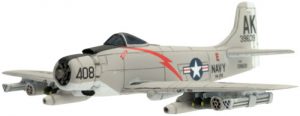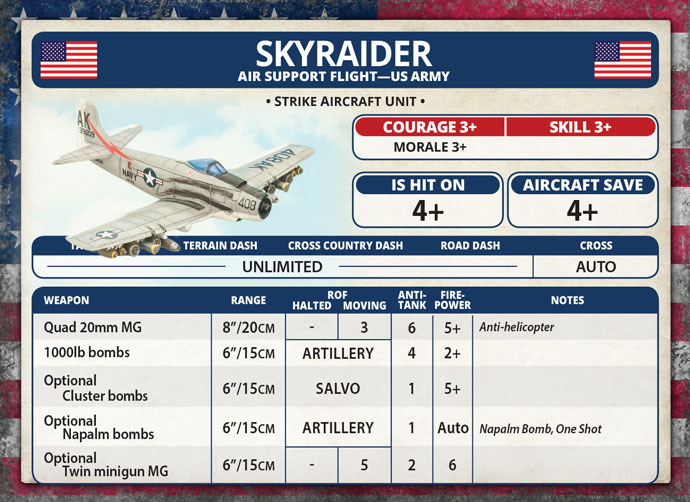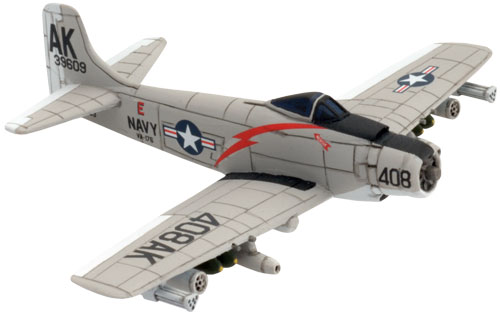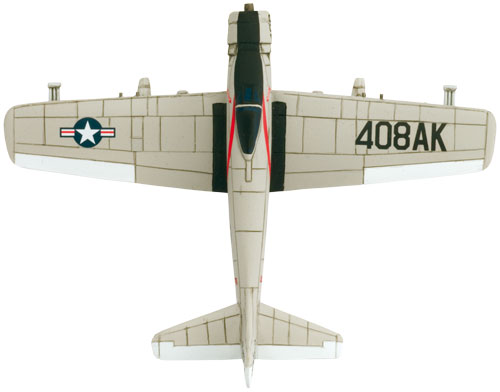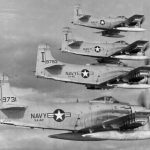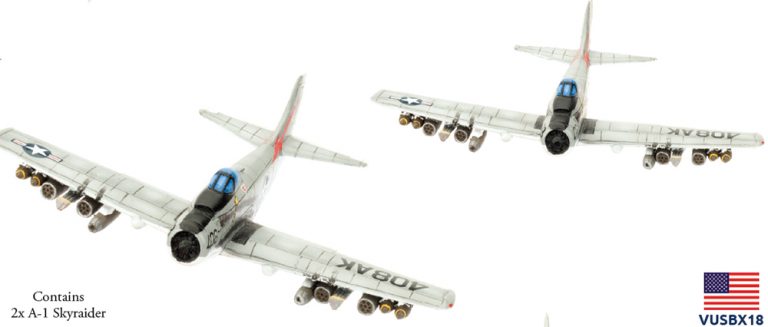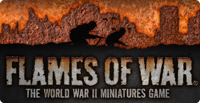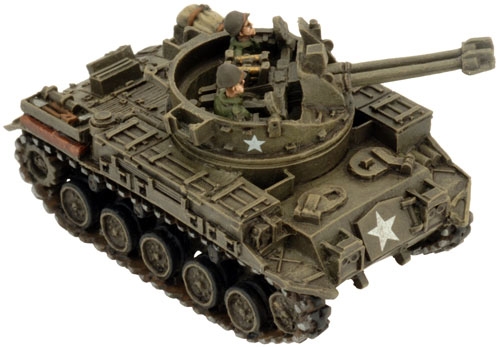 |
Includes one M41A1 Duster & one American head sprue.
The experience of the Korean War led US Army officials to begin the phasing out of the M24 Chaffee in favour of designs based around the more modern M41 Walker Bulldog. Included in the M24 family of vehicles was the M19 GMC. Developed towards the end of the Second World War, the M19 was armed with two of the highly effective 40mm Bofors anti-aircraft guns mounted in an open-topped turret capable of traversing 360º. |
| Since the 40mm Bofors was still considered an effective anti-aircraft weapon, the turret of the M19 was simply mated with chassis of the M41 to create the M42 or Duster as it became known as by troops serving in Vietnam.
The first M42s begun arriving in Vietnam during 1966 and as it become clear that the threat of North Vietnamese air power would never materialise, the M42 was quickly put to work in a ground support role. With each gun capable of firing 120 rounds per minute, the 40mm rounds of the M2A1 Bofors proved devastating against both unarmoured ground targets and massed infantry attacks. Designed by Tim Adcock |
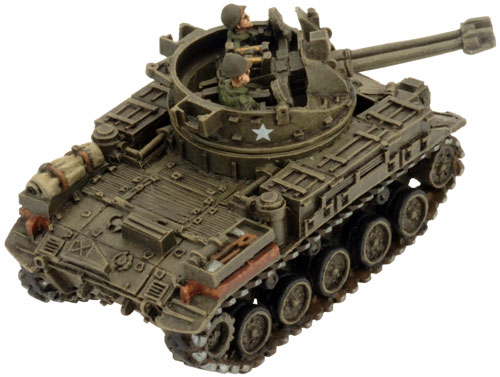 |
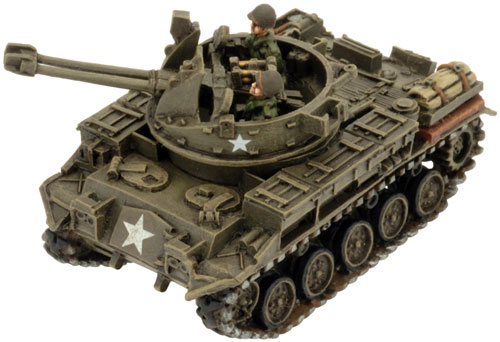 |
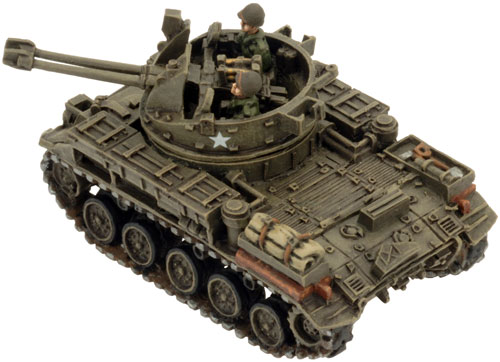 |
| The M42A1 Duster in Flames Of War Vietnam |
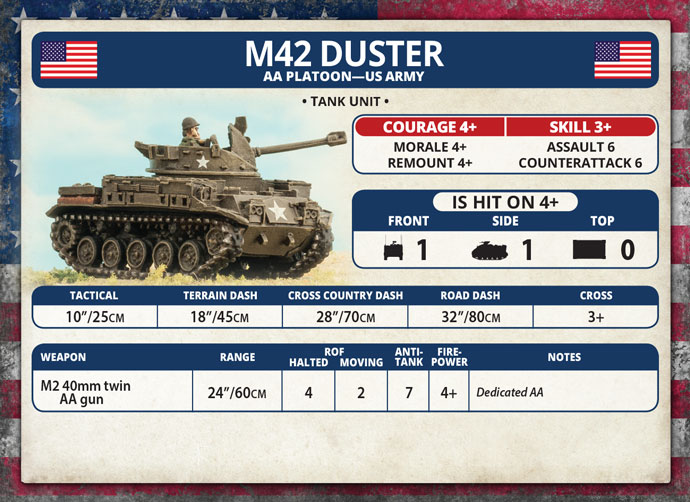 |
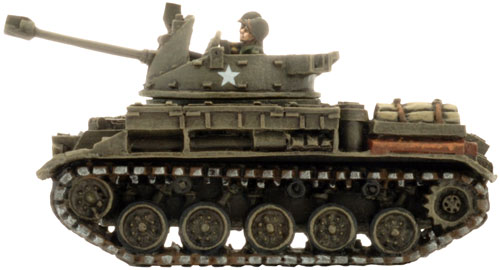 |
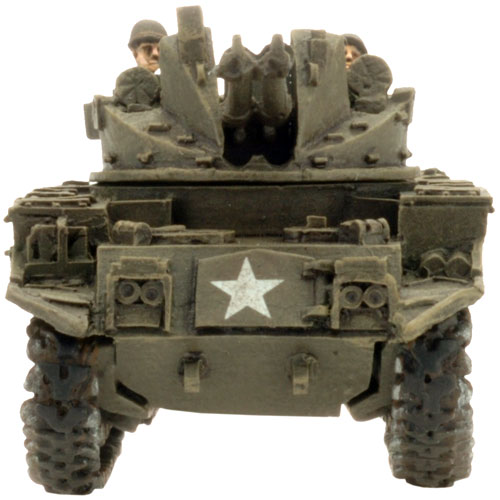 |
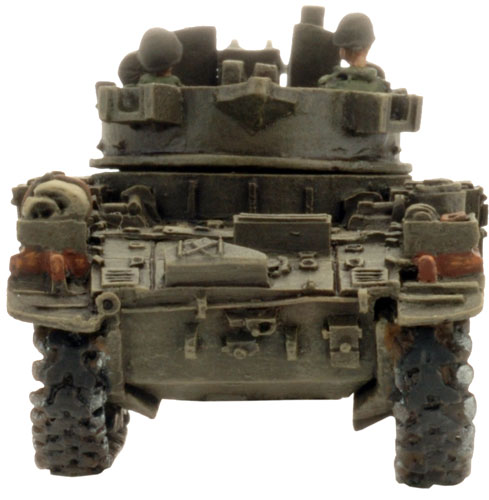 |
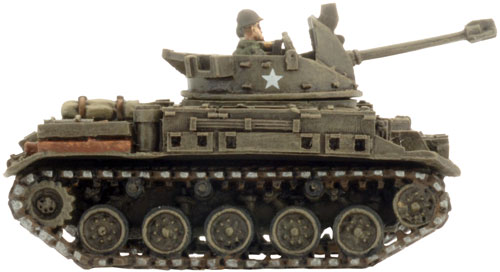 |
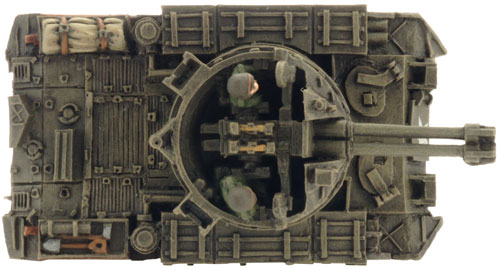 |
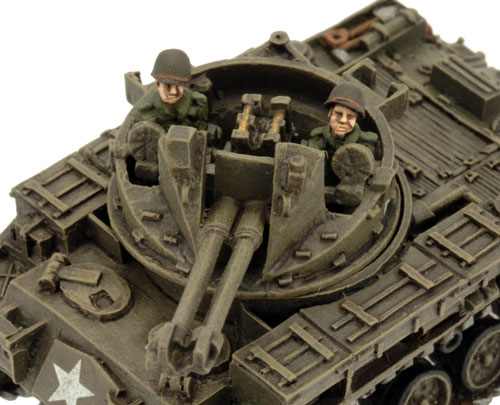 |
| Contents of the M42A1 Duster Blister Pack |
| Contact the customer service team at [email protected] if you have any issues with any of the components. |
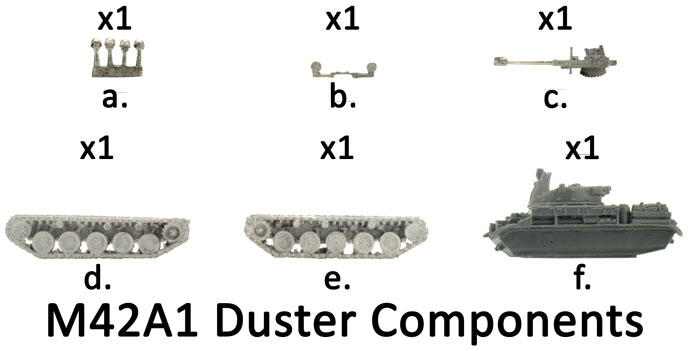 |
| Description of Components |
| a. 1x Crew head sprue. b. 1x Twin M2A1 40mm sight group. c. 1x Twin M2A1 40mm gun. |
d. 1x Right-hand side track. e. 1x Left-hand side track. f. 1x Resin M42A1 Duster turret & hull. |
